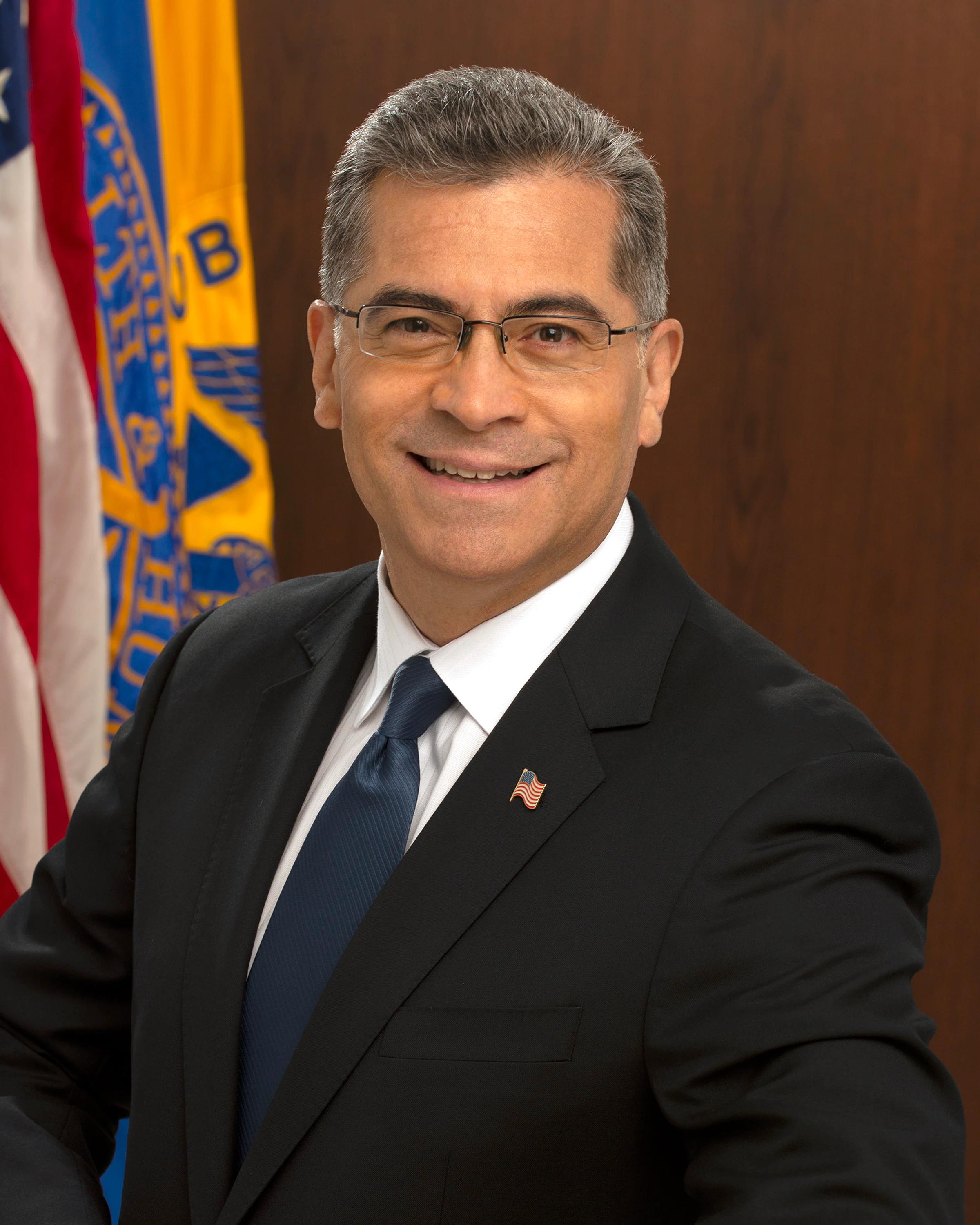Long COVID-19 a Priority for Biden Administration, Drug Developers
A rise in the number of long COVID is sparking research efforts by the HHS, the CDC and drug companies to understand the conditions and develop treatments.
One of the lasting effects of the COVID-19 pandemic has been an epidemic of COVID-19 “long-haulers,” those who have post-infection conditions that can last anywhere from months to years. An estimated 7.7 to 23 million Americans have developed long COVID, and roughly 1 million people may be out of the workforce at any given time due to the condition — equivalent to about $50 billion in lost earnings annually, the Department of Health and Human Services (HHS) said in a press release.
Some of the symptoms include fatigue, fever, headache, brain fog, and joint and muscle pain, well as difficulty breathing, chest pain, or heart palpitations. Long COVID has even been identified as disability under the Americans with Disabilities Act.
Xavier Becerra

“Long COVID can hinder an individual’s ability to work, attend school, participate in community life, and engage in everyday activities,” said HHS Secretary Xavier Becerra. “As our nation continues to make strides in the fight against COVID-19, these reports are critical to shine a light on long COVID’s impact and how to match people to resources.”
To that end, the Department of Health and Human Services has released two reports that “pave an actionable path forward to address long COVID and associated conditions.”
The National Research Action Plan on Long COVID, created in coordination with 14 government departments and agencies, has introduced the first U.S. governmentwide national research agenda focused on advancing prevention, diagnosis, treatment, and provision of services and supports for individuals and families experiencing long COVID.
The Action Plan details advances in current research and charts a course for future study to better understand prevention and treatment of long COVID. The Services and Supports for Longer-Term Impacts of COVID-19 report highlights resources for healthcare workers and those effected by broader effects of COVID-19.
Research priorities include building on extensive ongoing research, primarily led by CDC and the Veterans Affairs, to conduct additional studies of long COVID risk factors, health trajectories and outcomes that are inclusive of age, gender, race, ethnicity, geographic location, socioeconomic status, insurance coverage status, pregnancy status, and disability status — enabled by new capabilities in data analytics, HHS said.
HHS is also supporting studies that can “rapidly adapt to examine risk and protective factors as they emerge (i.e., new variants, vaccinations, repeat infections, and therapies for COVID-19) on risk of long COVID,” the agency said.
Then agency also wants to expand the portfolio of studies, including the RECOVER Initiative and others, on the effectiveness of therapeutics to prevent and treat long COVID to include antivirals, anti-inflammatory, immune modulators, and other existing or new treatments.
Meanwhile, long COVID researchers expect to have the results from three major trials later this year or sometime next year, per Clinical Trials Arena. Axcella Therapeutics, 9 MetersBiopharma'sAT1011 will likely have results in the second half of 2022, while Virios’s IMC-2 will convey results in the first half of 2023.
The third major trial is Axcella’s recently reported topline results from its phase 2a randomized, double-blind, placebo-controlled investigation of AXA1125 in patients with fatigue related to long COVID.
“Long COVID is a persistent and growing challenge of the pandemic, affecting an estimated 100 million patients worldwide with fatigue as the most common symptom reported,” Axcella said in a statement.
Karim Azer, Ph.D.

In Axcella’s study, 41 subjects were enrolled and randomized to receive either 67.8 grams per day of AXA1125 or a matched placebo in two divided doses for 28 days, with a one-week safety follow-up period.
Endpoints included phosphocreatine recovery time following moderate exercise as assessed by 31P-magnetic resonance spectroscopy, which was included to assess mitochondrial function, and clinically relevant endpoints including self-reported mental and physical fatigue as assessed by the Chalder Fatigue Questionnaire, six-minute walk test, as well as serum lactate levels.
Subjects who received AXA1125 had improvements in measures of mental and physical fatigue that were both highly statistically significant and clinically relevant compared with those who received placebo, Axcella said.
“The results of this trial encourage us to further evaluate the multi-targeted effects of AXA1125 on mitochondrial and related biomarkers to advance our understanding of the benefits AXA1125 delivers to Long COVID patients,” said Karim Azer, Ph.D., vice president of platform and discovery at Axcella.
FDA Approves Two More Denosumab Biosimilars, Conexxence and Bomyntra
March 27th 2025The fourth pair of denosumab biosimilars, Conexxence and Bomyntra, are expected to launch in the United States in mid 2025, as a result of a global settlement with Amgen, according to a company news release.
Read More
FDA Approves First Drug for Excess Hunger in Prader-Willi Syndrome
March 27th 2025Vykat XR will be available in April to treat the intense hunger that is a hallmark of the rare genetic disease Prader-Willi syndrome. The price is based on a patient’s weight, and the average patient in the clinical trials would have had an average annual cost of $466,200 for the first year.
Read More
FDA Approves Amvuttra for ATTR-CM in Extended Label
March 21st 2025This expanded indication for Amvuttra makes it the first and only FDA-approved treatment for transthyretin amyloidosis with cardiomyopathy (ATTR-CM) and the polyneuropathy of hereditary transthyretin-mediated amyloidosis (hATTR-PN) in adults.
Read More